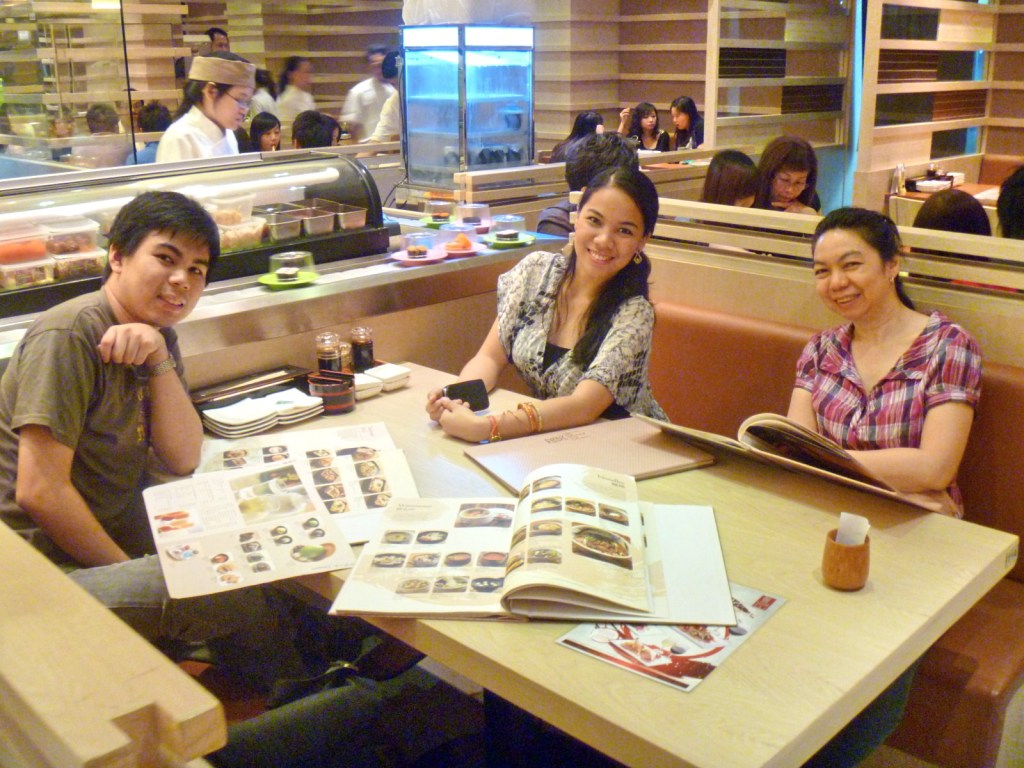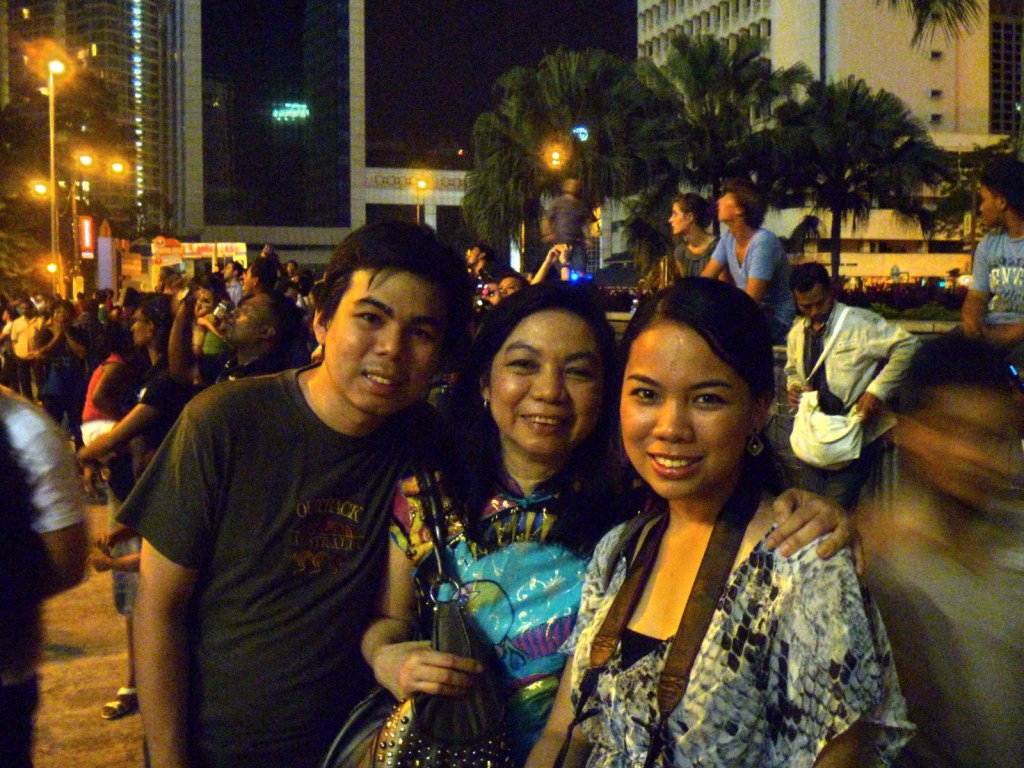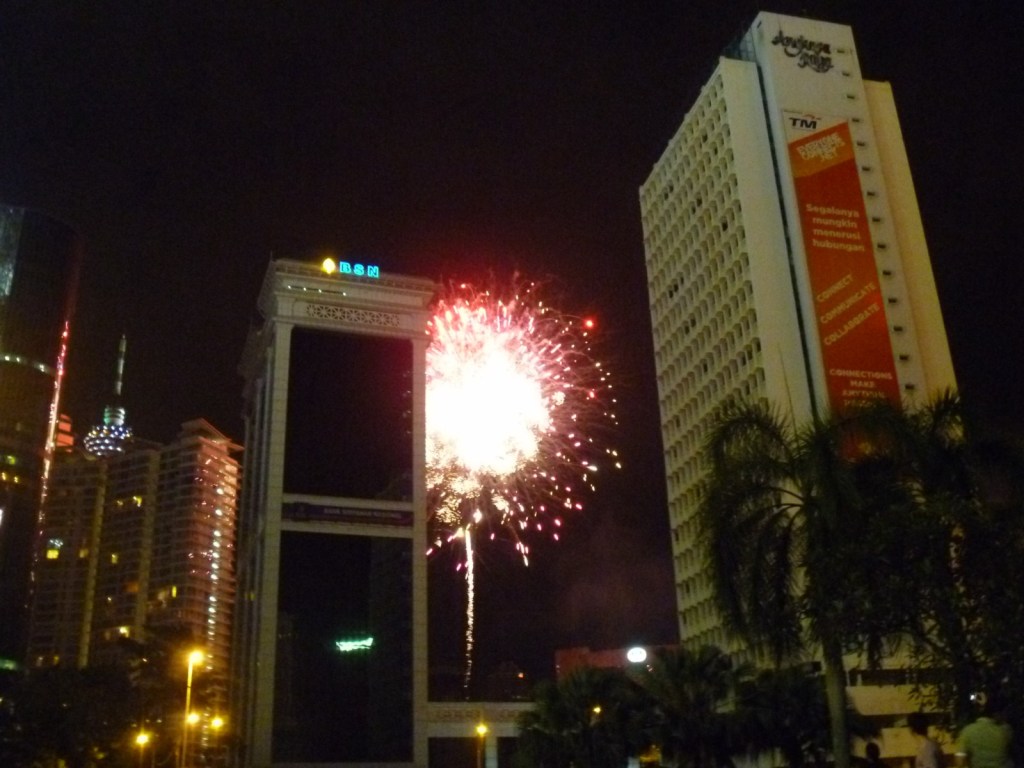| Pabirik Festival |
Paracale was one of three parishes (the others were Daet and Vinzons) celebrating the quadricentennial of their parish’s foundation, an event which I, event organizer Bernard Supetran, blogger Mark Vincent Nunez and mediamen Kara Santos (Sunday Inquirer) and Joselito “Lito” Cinco were to cover. Our second day in the province was, coincidentally, also the high point of the town’s Pabirik Festival. We arrived just as the street dancing parade was making its way into the town’s gym for the final judging. We first dropped by the town’s Spanish-era Church of Our Lady of Candles which was reconstructed between 1888 and 1898 under the direction of Fr. Jose Cardenoso, the last Spanish priest to serve the parish. After that, we proceeded to the gym to watch the contingents perform.
 |
| Church of Our Lady of Candles |
The festival showcases the rich mining industry of the town (the pabirik is a tool used in gold mining) which started when a large gold mine was discovered here in 1626. Locals here still pan for gold. In fact, the town’s name was derived from para cale, meaning “canal digger.” Paracale is still the center of the jewelry-making industry and, although the art has declined in importance, the town is still regarded as a good place to buy finely-crafted gold jewelry such as the agimon (or alakdan), a flat necklace chain of the 19th century. The festival also coincides with the feast of Our Lady of Candles (Nuestra Senora del Candelaria), the town’s patroness and, as such, her statue is borne by most participating contingents in the street dancing competition, together with cardboard or wood replicas of the gold panning trade. Check out my Business Mirror article “Camarines Norte: 400 Years of Keeping the Faith.”
Mayor’s Office: Municipal Hall, Poblacion, Paracale, Camarines Norte. Tel: (054) 449-1008.



































